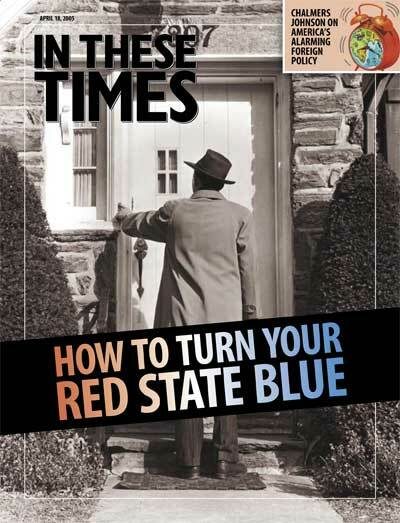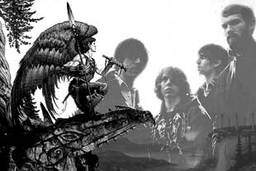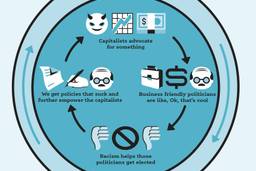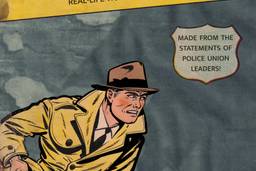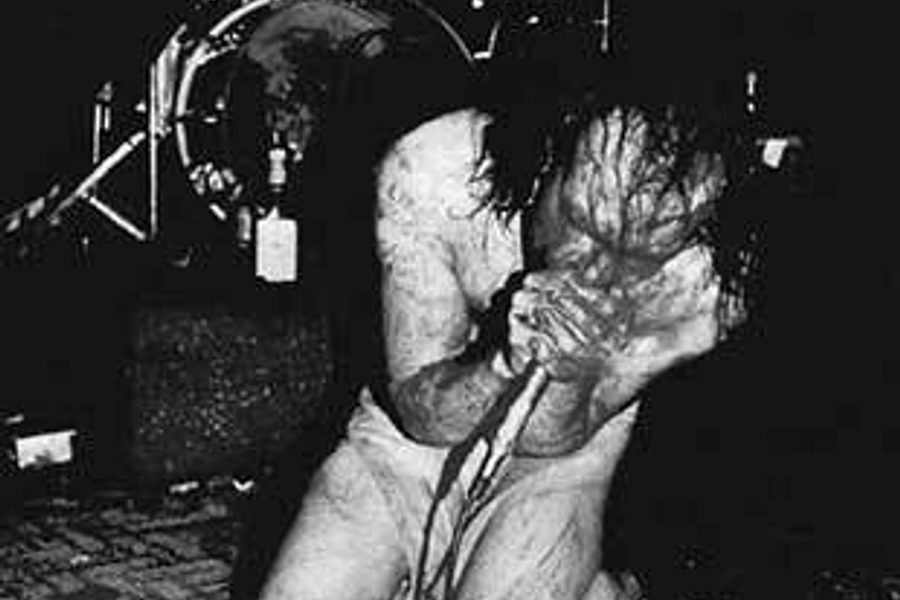
No one rolls in their own excrement for nothing. GG Allin, or Jesus Christ Allin, as he was christened — his little brother Merle called him Je-Je — surely had a good reason for becoming the most degraded performer in
the history of rock ’n’ roll. But what was it? Was it Culture he opposed? Or Life itself? Or was it the Normal, that shuffling colossus? And did the fact that he was raised in an unheated two-room cabin in Northumberland, New Hampshire, by a man who dug graves in the cellar, have anything to do with it?
The new DVD, GG Allin: Savage South — Best of 1992 Tour, gives us no answers. Here is GG naked, toothless, on the last tour of his life (he would die of an overdose in 1993) with his band the Murder Junkies, giving everyone hell. The tattoos on his body — “Life Sucks,” “Vomitose,” cartoon gravestones — look like the work of a talented but vengeful six-year old.
As for the music — forget the music. The shaved, slobbering blues-punk is merely a means to an end. The first song (“I Live To Be Hated”) has barely begun before GG starts whacking the mike testily against his bald, dented skull — within five minutes he is wearing his trademark inverted crown of blood. And soon enough the shit literally starts to fly: He squats, rolls in it, then scoops it up and flings it at the crowd with lavish painterly gestures. Is this what the French call “nostalgie de la boue” — a reveling in the organic? Savage South records the memorable image of a man behind a speaker — some bouncer or stagehand — stolidly putting on a raincoat while the Murder Junkies are tuning up. When GG starts to eat the Bible — and a night in which he didn’t get himself arrested, give someone a ketchup enema or eat a few pages of the Bible was a slow night for GG — we are re-assured: This is not insanity, this is only blasphemy.
GG (and how appropriate the baby name feels, for this raging toddler of a man) represented the dead-end and logical terminus of the performance aesthetic pioneered by Iggy Pop in the ’70s. Destruction, immolation, blood. And shit, which was GG’s own contribution. This month’s other notable new DVD, Iggy Pop — Live in San Fran 1981 captures the Ig at a strange moment in his career. The Stooges are a memory, and his comeback on the arm of David Bowie is fading too. Still with tremendous bad-boy cachet, but no longer interested in tearing himself to pieces, he is on the road promoting the most flimsily hedonistic of his albums, “Party.”
Unbelievably, it sounds pretty good. Brainless numbers like “Bang Bang” and “Rock ’n’ Roll Party,” and even the tottering “I’m a Conservative” (“I passed out on many floors/ I don’t do that anymore”), when played by a crack band that includes ex-Blondie drummer Clem Burke and future Bowie guitarist Carlos Alomar, achieve a kind of dark clubland rush, with Iggy’s lizard baritone loitering and glittering beneath.
This is 1981. The bassist is wearing a Star Trek-style jumpsuit and an earring that hangs from his ear like a string of golden drool; one of the guitarists has a skinny tie. Iggy himself is tastefully arrayed in leather jacket, miniskirt, garters, nylons and heels; dipping and thrusting, hunching and high-kicking, he seems to be in peak condition. When he comes out for the encore, still in his lady-gear but now wearing a nice oxford shirt, he looks like someone’s rather racy personal assistant.
A sharper contrast with the beer-gutted and unbeautiful GG could not be imagined. In direct homage to Iggy, GG would occasionally shake it like a stripper, arms raised, hips twitching, but the effect was a savage parody, a sort of sexual evacuation. No one was admiring GG — he was not bathed like Iggy in the frankly desirous gazes of young men and women. GG’s audience on Savage South wants to beat him up (and they do — about 10 of them, at the end of a set in Texas). Put GG’s sullen, much-abused flesh next to the prowess of Iggy, those stallion legs of his, the thoroughbred musculature twanging in its black hose, and you get a sense of why one man survived and the other didn’t.

I hope you found this article important. Before you leave, I want to ask you to consider supporting our work with a donation. In These Times needs readers like you to help sustain our mission. We don’t depend on—or want—corporate advertising or deep-pocketed billionaires to fund our journalism. We’re supported by you, the reader, so we can focus on covering the issues that matter most to the progressive movement without fear or compromise.
Our work isn’t hidden behind a paywall because of people like you who support our journalism. We want to keep it that way. If you value the work we do and the movements we cover, please consider donating to In These Times.
